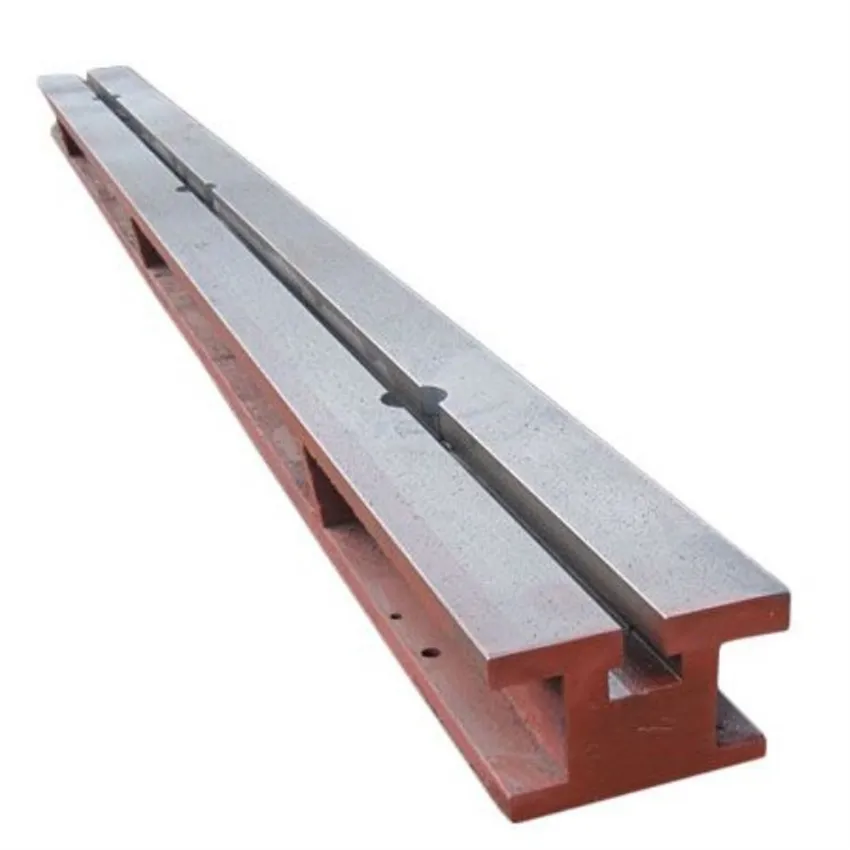12 月 . 04, 2024 16:22 Back to list
Water Flow Control Valve for Efficient Shut-Off and Safety Systems
Understanding Water Shut-Off Valves Importance and Functionality
Water shut-off valves are critical components in plumbing systems, playing a vital role in managing water supply to various fixtures and pipelines. These valves are designed to control the flow of water, allowing for maintenance and repair tasks without the need to drain entire plumbing systems. In this article, we will explore the importance, functionality, types, and maintenance of water shut-off valves.
The Importance of Water Shut-Off Valves
Water shut-off valves are essential for several reasons. Firstly, they provide a means to quickly stop the flow of water during emergencies, such as burst pipes or major leaks. This can prevent extensive water damage and significantly reduce repair costs. Secondly, they facilitate routine maintenance by allowing homeowners and plumbers to isolate specific sections of the plumbing system without disrupting the entire water supply.
Moreover, shut-off valves are integral to the overall efficiency of a plumbing system. Properly functioning valves ensure that water is directed where it is needed, helping to conserve resources and reduce wastage. In homes, these valves are typically located at key points, such as near water heaters, beneath sinks, or at the main supply line.
Functionality of Water Shut-Off Valves
The primary function of a water shut-off valve is to control water flow. When the valve is in the closed position, it creates a barrier that stops water from passing through. Conversely, when the valve is opened, water can flow freely to the desired destination. Most commonly, shut-off valves use a simple mechanical mechanism such as a lever or knob to operate, making them easy to use in emergency situations.
To operate a shut-off valve, one simply turns the handle or lever to either the open or closed position. It is important to ensure that the valves are turned completely to avoid issues such as leaking. Regular use and inspection of these valves can help maintain their functionality, ensuring they are ready when needed.
Types of Water Shut-Off Valves
There are several types of water shut-off valves, each designed for specific applications
water shut-off valve

1. Gate Valves Often used in main supply lines, gate valves are ideal for fully opening or closing the flow of water. They are not typically used for throttling water flow, as they can become damaged if partially opened.
2. Ball Valves These valves feature a spherical disc that controls flow. They provide excellent sealing capabilities and are known for their durability, making them suitable for residential plumbing.
3. Globe Valves Used primarily for regulating flow, globe valves consist of a movable disk and stationary ring seat. Their design allows for finer control of water flow but may not be ideal for quick shut-off.
4. Straight-Through Valves These are commonly used in larger systems and are designed for high flow rates. They are ideal for applications that require quick changes in water direction.
Maintenance of Water Shut-Off Valves
Ensuring the longevity and functionality of shut-off valves requires minimal maintenance. Periodic checks for leaks and corrosion, especially in older plumbing systems, can help identify potential issues before they escalate. It is advisable to operate the valves at least once a year to prevent them from seizing and to keep the internal components lubricated.
Additionally, replacing old or damaged valves can enhance water supply efficiency. Homeowners should consider consulting with a professional plumber for advice on the best types of shut-off valves for their specific needs and circumstances.
Conclusion
Water shut-off valves are indispensable for proper plumbing management, ensuring quick access to control the water supply during emergencies and routine maintenance. Understanding the various types and functions of these valves is essential for homeowners to maintain a safe and efficient plumbing system. Regular maintenance and inspection can extend the life of shut-off valves, ultimately protecting homes from costly water damage while promoting efficient water use. By giving due attention to these vital components, homeowners can ensure their plumbing systems remain reliable and operational.
-
Y Type Strainers: A Comprehensive GuideNewsOct.18,2024
-
Understanding Water Valve Options for Your NeedsNewsOct.18,2024
-
Functions and TypesNewsOct.18,2024
-
An Essential Component for Fluid SystemsNewsOct.18,2024
-
Adjustment and ReplacementNewsOct.18,2024
-
Slow Closing Check Valves: A Key Component in Fluid SystemsNewsOct.08,2024
Related PRODUCTS









